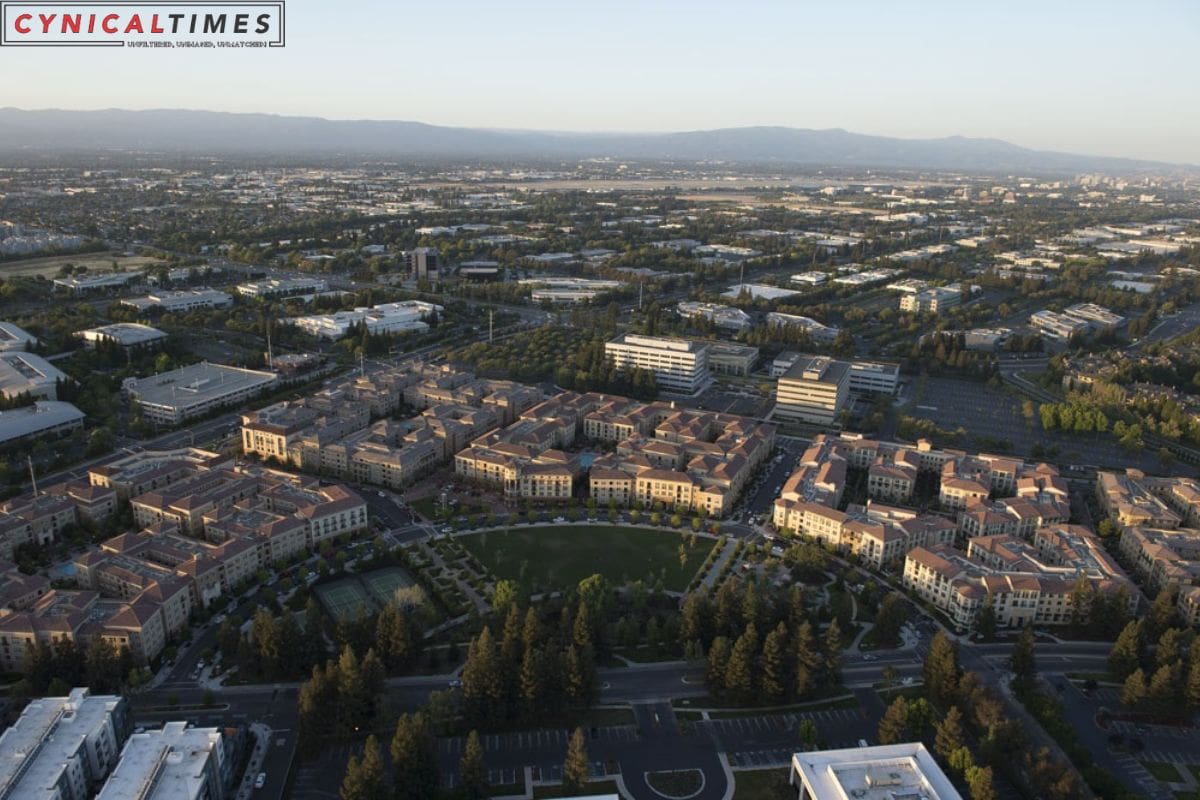San Jose Housing Crisis Deepens: The prospects for building homes, both market-rate and affordable, in San Jose have dimmed significantly, according to the city’s recent residential feasibility study. Factors such as higher interest rates, escalating construction and labor costs, and economic pressures have led to a “bleak” outlook for builders in the South Bay city.
Now in its second year, examined the cost feasibility of five different property types in San Jose, and the results were discouraging. None of the property types showed favorable financial viability.
The report highlighted a significant increase in the cost of constructing one unit of affordable housing in San Jose, which rose by 24 percent to $938,700 over the past year. This increase is largely attributed to a labor shortage and higher wages in San Jose, where costs per unit are 26 percent higher than in other Bay Area counties.
For market-rate housing projects ranging from five to 22 stories, the costs are so prohibitive that potential developers stand to lose hundreds of thousands of dollars on each project. In addition, flat or falling rents across the region have made new developments financially unsustainable.
Even modest changes, like a 5 percent rise in rents or a 5 percent reduction in construction costs, wouldn’t significantly alter the landscape for builders, as per the reports.
A startling statistic from CoStar reveals that developers didn’t initiate any market-rate apartment projects in Silicon Valley during the first half of the year.
The challenges extend beyond residential projects to transportation endeavors, including the BART extension in San Jose, which has seen its estimated cost nearly double in the past three years to $12.2 billion, with a three-year delay in its expected opening.


Key factors inhibiting housing development include soaring interest rates, now at a 23-year high, and rising insurance costs, causing a spike in operating expenses for developers. The combination of these factors has created a challenging environment for capital markets, making borrowing and underwriting projects nearly impossible.
This predicament has set off a troubling cycle, according to Louis Mirante, vice president of public policy at the Bay Area Council. Fewer projects mean less labor, and a shortage of labor leads to fewer projectsa downward spiral.
To complicate issues, state officials haven’t approved San Jose’s Housing Element plan to build 62,200 houses by 2031.
In conclusion, San Jose’s housing development landscape faces many hurdles, and it remains to be seen how they will be overcome to allow for much-needed residential growth.
ALSO READ: State Dinner Honoring Australian PM A Night of Elegance and Diplomacy
Our Reader’s Queries
Why are housing prices so high in San Jose?
San Jose’s property values are being driven up by the high demand for homes and limited supply of housing.
What is causing the housing crisis in the Bay Area?
San Francisco and the Bay Area have implemented stringent zoning regulations since the 1960s. These regulations include a ban on buildings over 40 feet tall in most parts of the city, as well as laws that empower neighbors to prevent new developments.
Are they building affordable housing in San Jose?
According to city documents, a massive housing development in San Jose is set to consist entirely of affordable apartments. The project is expected to provide much-needed housing options for those in the area. The development is a promising step towards addressing the ongoing housing crisis in the region.
Does California have a housing crisis?
The escalating homelessness crisis in California can be attributed to the continuous surge in home prices and rents. This year, the situation has worsened in several areas of the state.

